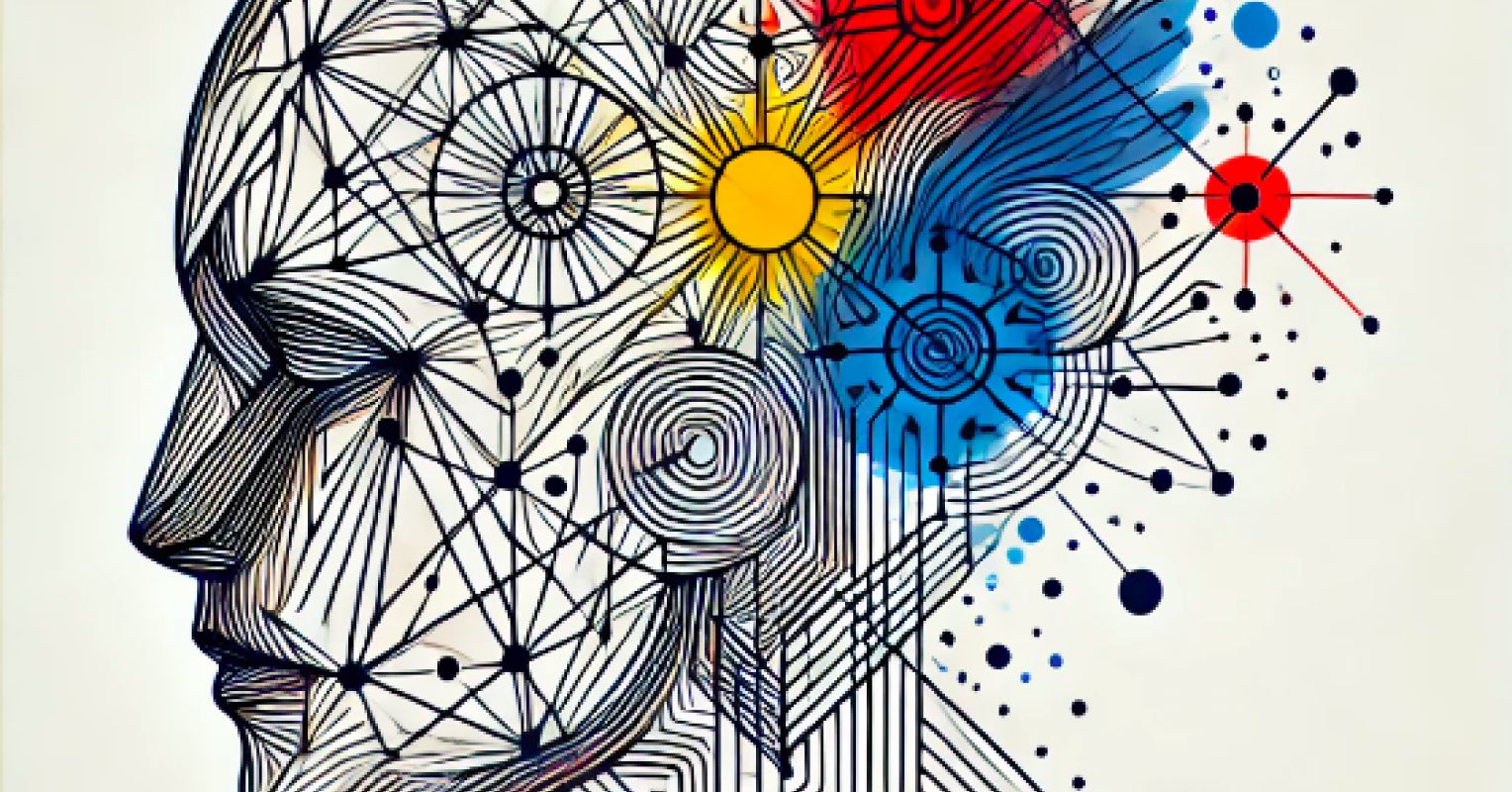I’m not at all a night person, but when, on rare occasions, I’m awake or walking outside long after dark, I marvel at what’s happening around me. This was especially so when we did 24-hour observations of wild coyotes living in Grand Teton National Park and when I lived in the foothills around Boulder, Colorado. Now that I live in town, I still marvel at the numerous animals I see and sounds I hear long after dark.
These are among the reasons I was thrilled to read naturalist and photographer Charles Hood’s beautifully written and illustrated new book Nature at Night: Discover the Hidden World That Comes Alive after Dark, in which he opens a new world “filled with spectacular bioluminescence, moon-kissed flora, and diverse wildlife.” Here’s what he had to say about his global nocturnal adventures into a relatively hidden world.1
Marc Bekoff: Why did you write Nature at Night?
Charles Hood: If you only think of “nature” as being the daytime part of the show, you’re missing half of what is, after all, our birthright. We should feel welcome to be in nature all the hours of the day, even those hours that happen to take place after dark. Sadly, society has trained us to be afraid of the dark. We think we need security lights and deadbolts and that if we leave the lit path, monsters will get us. Yet our ancestors walked around at night with perfect ease. Let’s reclaim that freedom—let’s go back out and just have a nice time. I want my readers to feel the same joy and wonder that I do.
MB: How does your book relate to your background and general areas of interest?
CH: Three cheers for amateurs! I have been lucky enough to live my life as a raging generalist. While I do have academic degrees and I am technically Professor Emeritus of English, I love playing dress up. Some days I am a science journalist, some days I am an art historian, some days I am a wildlife photographer, and some days I am just trying to figure out which of my dogs is getting into the laundry basket and stealing my dirty socks.
MB: Who do you hope to reach?
CH: Anybody who wants to know why bats have funny, smooshed-in faces (like a dopey pug), as well as anybody who wants to know if it is true or not that scorpions glow in the dark. If you like running around at night with flashlights (and who doesn’t?), this is the book for you. My super extra-special wish is that some eager ten-year-old will get a hold of this and feel welcomed into the world of science. There are so many ways we can contribute to the conversation, even non-specialists, even kids, even just regular folks who are curious but perhaps untrained.
MB: What are some of the topics you consider, and what are some of your major messages?
CH: According to the index, topics covered include Mark Rothko, Franz Kafka, Magellanic clouds, elephant shrews, dwarf lemurs, yucca moths, rocket launches, World War II, and tarantulas. In the ocean, great vertical migrations happen every evening, while in the desert, the best and most interesting animals are out at night. Read the book—and then go out and have a great time. On any hike, day or night, use normal common sense (don’t step on a snake, please, for your sake and its), but do know that the night is full of a thousand great smells, sounds, experiences, from shooting stars to glow-in-the-dark lichen. I have practical tips about how to stay safe and how to get started. Put on your shoes and go.
MB: How does your work differ from others that are concerned with some of the same general topics?
CH: I will be honest—maybe I shouldn’t admit this?—but I am impatient with nature writing that gets too “high church.” I write what I want to read, which is nature writing that explains what is going on, yet is not depressing, didactic, or dull. I like rock and roll. I like good food. I like art and movies. Those parts of the human experience don’t go away just because I am looking at owls or thinking about how moths pollinate flowers. I’m the guy who says if it ain’t fun, don’t do it, whether you’re riding single-track or learning about fireflies. It’s okay to laugh when studying nature; it’s okay to skip some chapters in the book. And I also believe that images tell stories as well as words can, and my colleagues and I tried really hard to get pictures that nobody has ever seen before. These range from a fabulous shot of a jungle cat called an oncilla to a breaching rough-toothed dolphin whose sides are dotted with bites from cookie cutter sharks. If we had to use a flash on the camera, we muted it with the same diffusers used on fashion shoots. There is not a single photo in the book that could be described as “deer in the headlights.” I respect deer too much to do that to them.
MB: Are you hopeful that, as people learn more about what happens after dark, they will come to appreciate the animals who are our nocturnal neighbors?
CH: I am the most hopeful pessimist you’ll ever meet. It is easy to be discouraged—by climate news, by political news, even by our own daily aches and pains. But I have seen people be kind, wise, loving, and grateful, and all the more so after something as simple as a 20-minute walk. The more permission we can give ourselves to be happy in nature (in all of nature, even the nocturnal parts), the faster we can find great coping tools for keeping the bad news in perspective. I’ve seen over 6,000 species of birds in the wild and 1,000 different mammals, and what’s liberating to me is admitting how little I understand, and how much there still is to come. I will never run out of things to learn, and that excites me and gives me hope. I can’t wait to get going—and to meet up with some cool people along the way. Like nature? Great…tell a friend! Let’s all be in this together.




